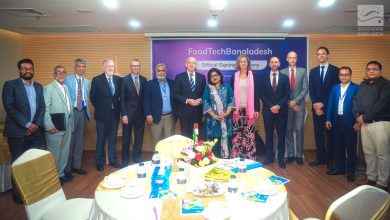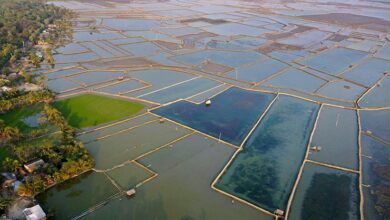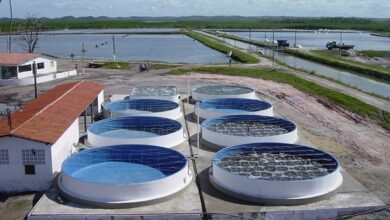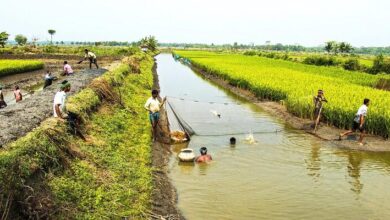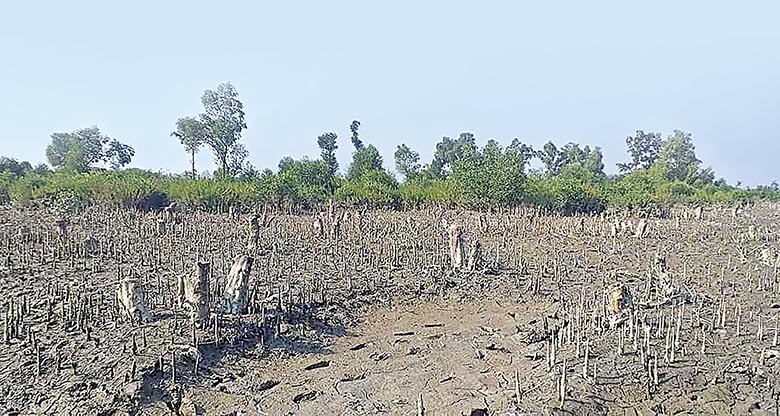
Mangrove forests are one of the marvels of nature and a productive biodiverse ecosystem in the world. It plays a major role in stabilizing the global climate due to its tremendous potential to store carbon. They safeguard the coastal population from tropical cyclones by lowering their strength and serve as a nursery for several fish species that are crucial for inshore fishing. However, these productive ecosystems have been severely threatened in recent decades. Since 1980, global mangrove forest cover has dropped by 20%.
Why do mangroves matter?
Natural mangroves are found in the southwestern and southeastern regions of Bangladesh, whilst mangrove plantations are mostly located in the Meghna estuary in the central coastal region. Sundarbans is the world’s biggest single tract of mangrove forest and is located in the southern region of Bangladesh.
It accounts for 45% of Bangladesh’s total timber and fuelwood production. The forest is home to 45% of the nation’s mammals, 42% of its birds, 46% of its reptiles, and 36% of its amphibians. This forest provides a direct or indirect source of income for around 600,000 people. As a shelterbelt, the mangroves along the coast of Bangladesh are the most significant in the world. Due to the presence of the Sundarbans, the southwest portion of the country has seldom been affected by extremely devastating cyclones, which are prevalent in other coastal regions.
Concern about the mangrove:
The unregulated growth of shrimp aquaculture, particularly in the South and Southeast region of the nations, is one of the primary causes of the extinction of mangroves. About 45% of Bangladesh’s mangrove wetlands have been extinct as a direct result of commercial shrimp aquaculture, disbalance the biodiversity and the extermination of a source of income for millions of people. Commercial aquaculture practice of shrimp has devastated the Chakaria Sundarban on the eastern shore of the Bay of Bengal. The inability of current hatcheries to meet the demand for pathogen-free larvae is another issue linked with shrimp and crab farming. To meet the demand, the farmers unlawfully capture alarming numbers of wild shrimp in mangrove regions.
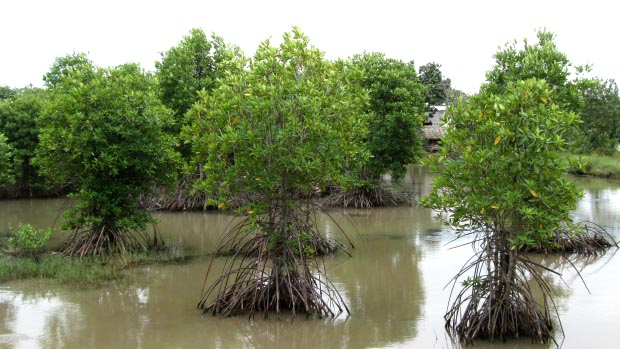
Can integration be a solution?
Integrated Mangrove Aquaculture (IMA), might be an effective method for increasing mangrove coverage in the shrimp cultivation zones of southern Bangladesh. Integrated mangrove-shrimp production, also known as organic aquaculture, is a viable approach for mangrove restoration to make up for mangrove acreage lost to destructive shrimp aquaculture.
Integrated mangrove aquaculture is eco-friendly shrimp production that incorporates, preserves, and restores mangrove habitats. In a sustainable farming approach, shrimp and other fish species are raised in mangroves’ natural environment. In IMA, mangroves are planted alongside aquaculture fields to offer shrimp and other fish species with a natural environment. Therefore, it enhances the quality and production of the fishes. IMA uses an organic farming approach to assure the quality of its aquaculture species.
A recent research by Sustainable Fisheries Partnership (SFP) also demonstrates that integrated shrimp farming may be a driver for mangrove conservation and restoration, therefore aiding in climate change mitigation and the protection of coastal populations and wildlife. According to SFP, “Integrated farming provides a road map for the shrimp farming sector to restore mangrove habitat and return the entire range of ecosystem benefits.”
The shrimp farming sector provides a tremendous chance to restore degraded mangrove habitat. Paul Bulcock, principal researcher and aquaculture information manager at SFP, stated that shrimp farming may simultaneously enhance its environmental reputation and combat climate change by rehabilitating abandoned ponds and implementing shrimp farming strategies that aim to function in harmony with mangroves. “For mangrove restoration initiatives to be effective, they must function on a landscape scale over a massive area,” he added.
By restoring abandoned ponds and implementing farming practices designed to function in harmony with mangroves, shrimp aquaculture may simultaneously enhance its environmental reputation and combat climate change.
It is feasible through the IMA to protect the mangrove environment and provide economic benefits to fish farmers.
Jaber Bin Abdul Bari
Dept. of Fisheries and Marine Science, NSTU

